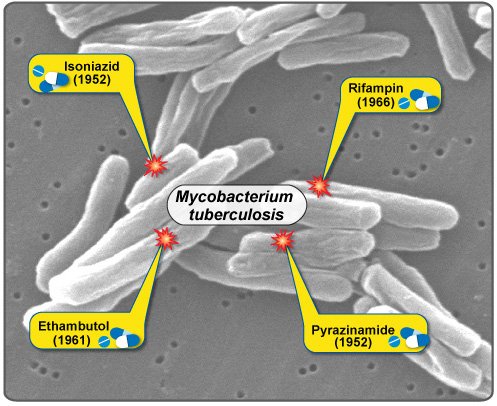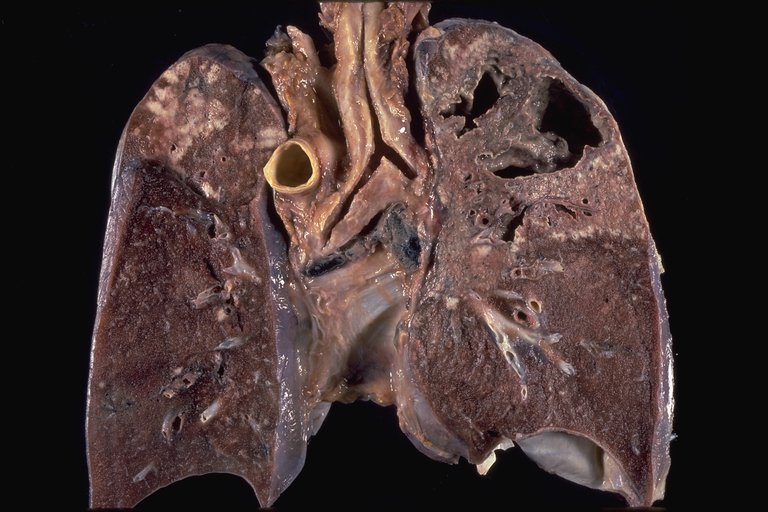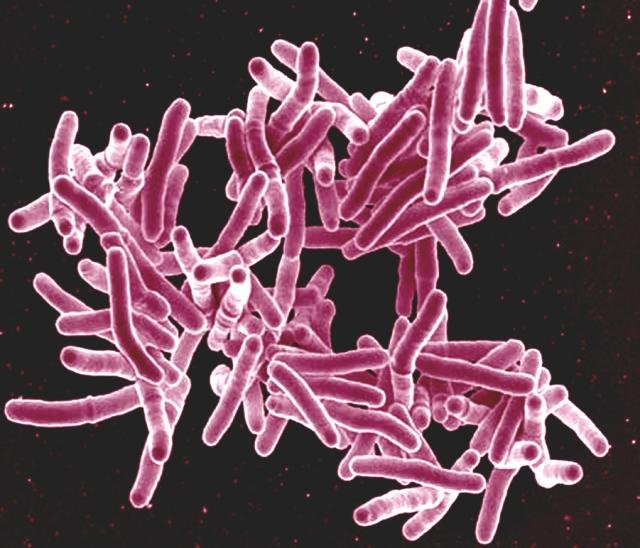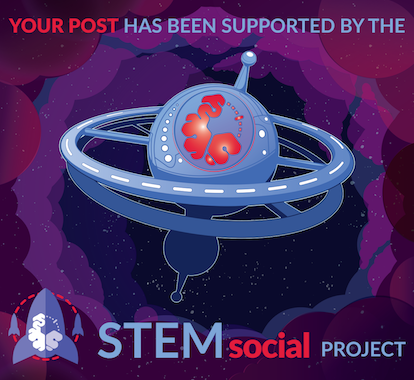Some 9 years ago, my cousin was diagnosed with Tuberculosis and it looked like he had gotten a disease no one has ever had. His cutlery was separated from others in the house and he was much of kind of in isolation even when he wasn't in isolation. Before you start to give that look like I am happy I do not have tuberculosis, you better watch well because you might have been infected by the bacteria and not know.
White death as it is colloquially referred to, has been a pain in human history for the longest of time for thousands or maybe millions of years. In 1815, tuberculosis caused the death of 1 in 4 death in Britain and has killed up to 1 billion persons in the last 200 years and it is caused by a bacteria Mycobacterium tuberculosis.
Currently 1 in 4 humans on earth are infected with bacteria but might not be aware that they are infected. Tuberculosis is very infectious and can adapt quickly to the immune system while remaining quiet and not attacking recklessly and what is most concerning is how difficult it is to kill.
It finds its way through the airways either the mouth or the nostrils. When it starts, it finds its way to the lungs where it begins to feel at home but then the lungs is filled with numerous macrophages and so it is engulfed by the macrophages in the lungs. Actually, this is the plan of the bacteria as it lives as an immune system parasite. With tuberculosis, the macrophages effort to engulf it works but its effort to kill it with acids would not work as the bacteria possesses coats that keeps it safe from the attacks of the macrophages.
In the macrophages, Tuberculosis makes it a home and then begin to replicate very slowly compared to other bacteria that can be 50 times faster. When they reproduce and kill the macrophages, they go to infect other macrophages but it is at this point that the neutrophils are mobilized as they are triggered by the death of the macrophages but the cell wall of the bacteria helps it resist the attack. The immune cells then contain it from spreading but this is what the bacteria wants as it keeps reproducing and releasing chemicals to prevent the immune weapons in the body from being activated.
While this bacteria is present in 1 in 4 people which is about 2 billion people, it will only become active in about 1 in 10 people and when this happens, it becomes a medical emergency as the bacteria breaks out of the containment releasing macrophages and new bacteria and this causes the immune system to overreact causing fluid to fill up the lungs as a result of inflammation. This causes the inability to breathe properly as well as hard cough which can be accompanied with blood.

wikimedia.org
During the cough, millions of tuberculosis bacteria is spread out to people to catch. During the active state when symptoms are expressed, the person experience high fever, and loss of body weight. Treatment in the phase of the disease is very difficult and can take months to be properly treated. If not treated, the bacteria can spread to other organs while leading to lung function breaking down and killing the patient. Tuberculosis was responsible for 1.3 million death in 2023 alone and this calls for attention because that is a high number to kill in a year but unlike other diseases that are very fast in killing TB is slow and as such not calling attention to itself.
The disease usually start spreading to close relatives, neighbors, friends, and co-workers as this are the people that we spend time with a lot. Compared to covid-19, the average TB patient infects 2 times more. Today, treatment of tuberculosis undergoes a 4 month regimen of four different antibiotics and patients who are able to undergo the treatment get cured. While there is a cure for tuberculosis it is still a real threat to the world especially in south east Asia and Africa especially, India, China, Indonesia, Philippines, Nigeria, and Pakistan. Tuberculosis continues to be a silent but deadly threat, infecting billions and killing millions. Despite advancements in treatment, its ability to evade the immune system and spread easily among close contacts makes it a formidable foe.
Reference
https://www.pih.org/programs/tuberculosis
https://www.ncbi.nlm.nih.gov/pmc/articles/PMC5432783/
https://ijssrr.com/journal/article/view/1382/1199
https://www.atsjournals.org/doi/full/10.1164/rccm.200402-140o
https://www.osmosis.org/learn/Mycobacterium_tuberculosis
https://www.who.int/teams/global-tuberculosis-programme
https://www.who.int/news-room/facts-in-pictures/detail/tuberculosis
https://www.ncbi.nlm.nih.gov/pmc/articles/PMC10049048/
https://doi.org/10.4103/jrms.JRMS_904_17
https://www.ncbi.nlm.nih.gov/pmc/articles/PMC10049048/
https://doi.org/10.1038/nrmicro749
https://www.ncbi.nlm.nih.gov/pmc/articles/PMC10049048/
https://ourworldindata.org/tuberculosis
https://iris.who.int/bitstream


